Understanding where scoring errors arise is crucial for improving your game, and this differs considerably between steel tip En soft tip darts. This article breaks down the common scoring errors steel vs soft tip, offering strategies for prevention and correction, as well as insights into scoring system nuances for both dart types.
⚠️ Still Using Pen & Paper (Of een schoolbord)?! ⚠️
Stap in de toekomst! De Dart Teller -app behandelt alle scoren, stelt kassa voor, en volgt uw statistieken automatisch. It's easier than you think!
Probeer de Smart Dart Teller -app gratis!Klaar voor een upgrade? Klik hierboven!
Understanding the Unique Challenges of Scoring Errors Steel vs Soft Tip
While the objective of darts is the same – hitting specific targets for points – the technology and rules surrounding steel tip En soft tip darts create distinct opportunities for scoring errors. In steel tip darts, scoring is primarily manual, relying on the player or a scorer to accurately assess where the dart lands. Omgekeerd, soft tip darts often utilize electronic scoring systems that can still be prone to glitches or misinterpretations.
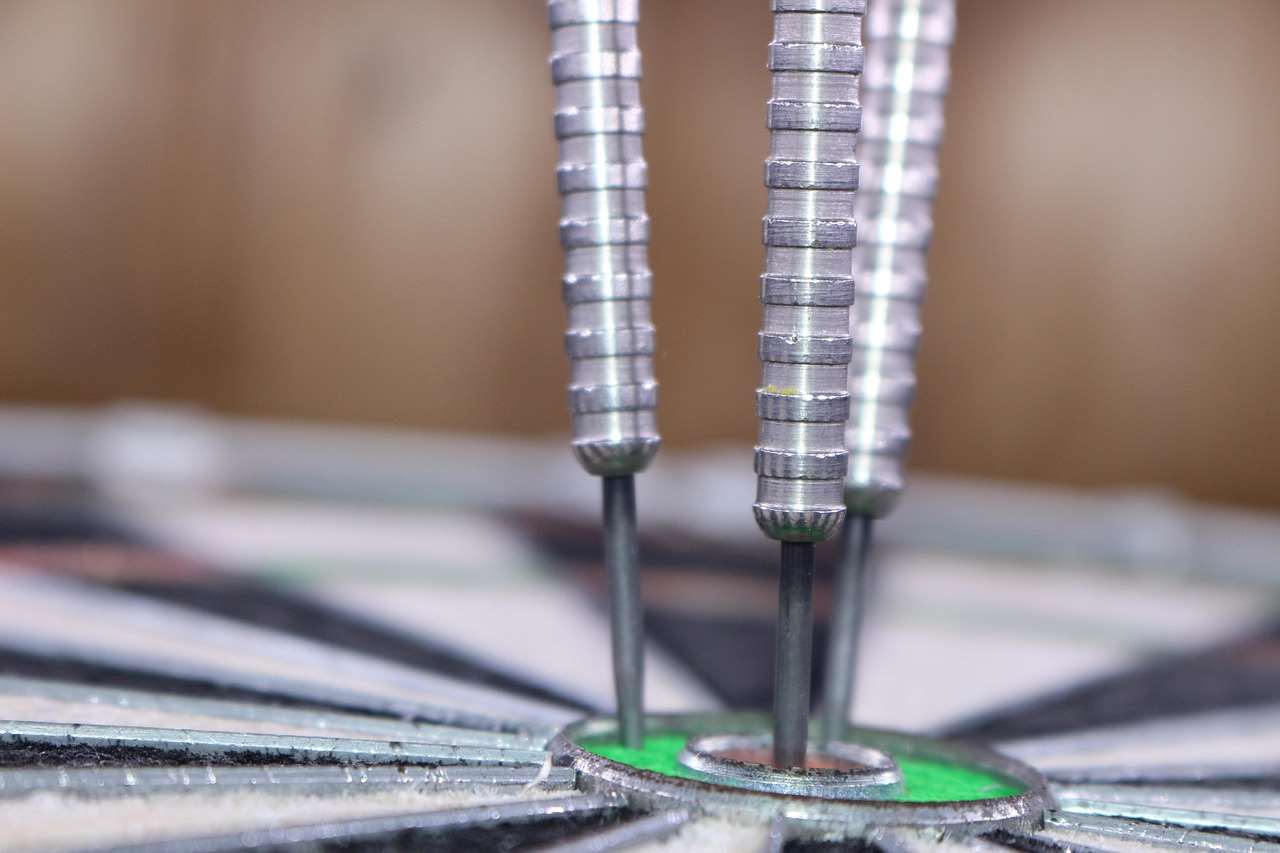
Let’s delve deeper into the common pitfalls of each system:
Common Scoring Errors in Steel Tip Darts
Steel tip darts, with their traditional setup, are particularly vulnerable to human error. Here’s where things often go wrong:
- Misreading the Board: This is the most frequent issue. The complex web of numbers and sections on a dartboard can be confusing, especially under pressure. It’s easy to mistake a 19 for a 3, or a single for a double.
- Incorrect Addition: Mental arithmetic under pressure isn’t easy. Players and scorers can easily make mistakes when totaling scores, especially with complicated checkouts.
- Parallax Errors: The angle at which you view the dartboard can affect your perception of where the dart landed. If you’re not standing directly in line with the dart, you might misjudge its position.
- Dart Bounce-Outs: When a dart hits the board but doesn’t stick, it’s considered a ‘bounce-out’ and scores nothing. Disagreements can arise if it’s unclear whether the dart actually made contact.
- Dart Obscuration: One dart may obscure the view of another, making it difficult to determine the exact score of the hidden dart.
Common Scoring Errors in Soft Tip Darts
Soft tip darts rely on electronic boards, which should, in theory, eliminate many of the human errors associated with steel tip scoring. Echter, technology isn’t infallible. Here’s what can go wrong:
- Segment Malfunctions: Individual segments on the electronic board can become unresponsive or oversensitive, leading to missed scores or phantom scores.
- Incorrect Segment Detection: The board might register a dart in the wrong segment due to sensor issues or the angle of impact.
- Electrical Interference: External electrical sources can sometimes interfere with the board’s sensors, causing erratic scoring.
- Power Supply Problems: A faulty power supply can lead to inconsistent performance and unpredictable scoring errors.
- Software Glitches: The board’s software might contain bugs that cause scoring irregularities, especially when calculating averages or checkouts.
Strategies for Minimizing Scoring Errors Steel vs Soft Tip
No matter which type of darts you prefer, proactive measures can significantly reduce the frequency of scoring errors. Here are some strategies:
Steel Tip Darts: Accuracy and Verification
- Duidelijke communicatie: The player should clearly announce their score after each throw. The scorer should repeat the score to confirm it.
- Visual Confirmation: Both the player and scorer should visually inspect the darts before removing them from the board.
- Consistent Viewing Angle: Try to maintain a consistent viewing angle when assessing dart positions to minimize parallax errors.
- Double-Checking Totals: Always double-check the running score after each round, especially when approaching a checkout.
- Using a Scoreboard App: Utilize a darts scoring app on a phone or tablet. These apps automate scorekeeping, reducing the risk of arithmetic errors. They also provide a visual record of each throw.
To improve your game, especially when using steel tip darts, understanding Basic Darts Fundamentals for Beginners can be hugely beneficial.
Soft Tip Darts: Maintenance and Awareness
- Regular Board Maintenance: Keep the dartboard clean and free of debris. Periodically test each segment to ensure it’s functioning correctly.
- Proper Dart Maintenance: Ensure your soft tip darts are in good condition. Bent or damaged tips can cause scoring errors.
- Power Source Inspection: Check the power supply and ensure it’s providing a stable voltage. Consider using a surge protector.
- Software Updates: If your electronic board has updateable software, make sure you’re running the latest version.
- Familiarization with Board Features: Understand all the features of your electronic dartboard. This helps prevent accidental scoring errors.
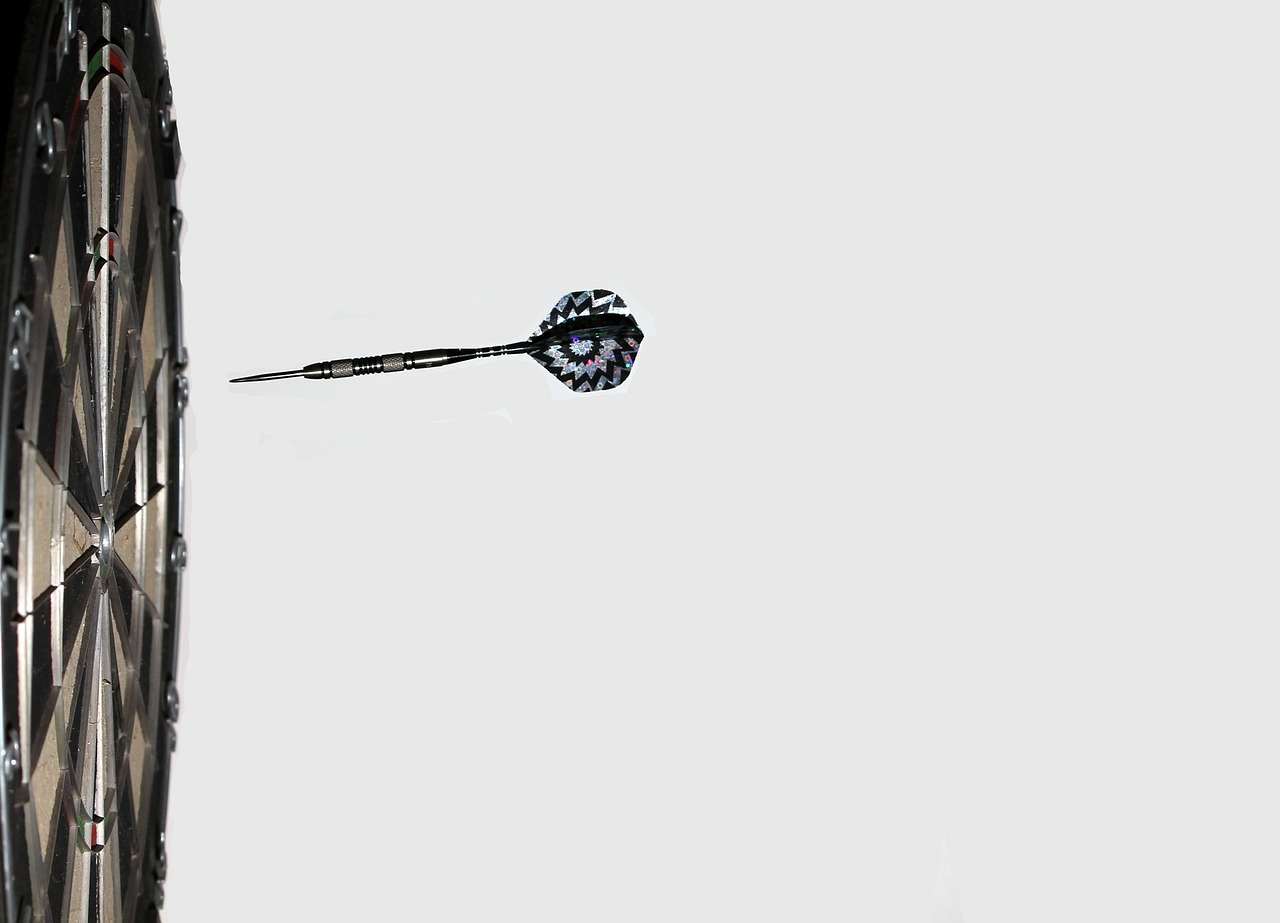
The Impact of Scoring Rules on Potential Errors
Understanding the specific scoring rules of the game you’re playing is critical to avoid disputes and potential scoring errors. Different games have different rules regarding what constitutes a valid score, especially concerning darts that land on the wire or near the edge of a segment.
Steel Tip Scoring Nuances
In steel tip darts, the general rule is that the score is determined by where the point of the dart enters the board. If a dart lands on the wire, it typically scores for the smaller of the two segments. Echter, local rules may vary, so it’s always best to clarify the rules beforehand. Bijvoorbeeld, Alternative darts rules for home play might have different wire rules.
Soft Tip Scoring Nuances
Met soft tip darts and electronic boards, the sensor dictates the score. If a dart lands on the wire, the board may or may not register a score, depending on its sensitivity. Some boards have adjustable sensitivity settings that can be tweaked to minimize these issues. It’s crucial to ensure that you have the proper dart weights for your board so the segments can appropriately detect your scoring.
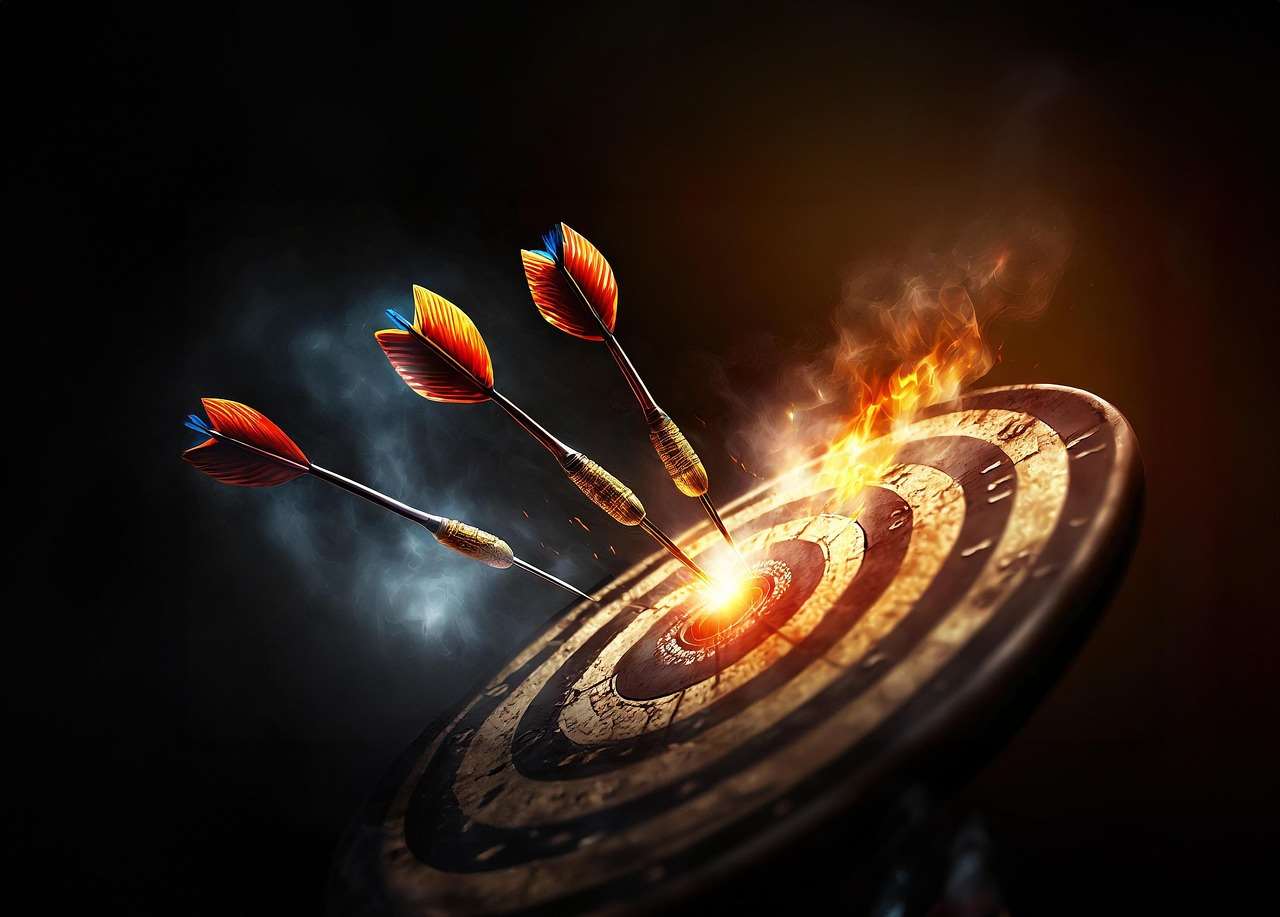
Addressing Disputes and Scoring Discrepancies
Even with the best preventative measures, scoring errors can still occur. Having a clear procedure for resolving disputes is essential for maintaining fair play and avoiding animosity.
Resolving Steel Tip Disputes
In informal games, the players should attempt to reach a consensus based on their observations. If they can’t agree, a neutral third party can be asked to make a judgment. In more formal settings, a designated referee will have the final say.
Resolving Soft Tip Disputes
If an electronic board registers an incorrect score, the first step is to try resetting the segment. If that doesn’t work, consult the board’s manual for troubleshooting tips. In organized leagues or tournaments, a designated official will be responsible for resolving disputes, potentially overriding the board’s score based on visual evidence or player testimony.
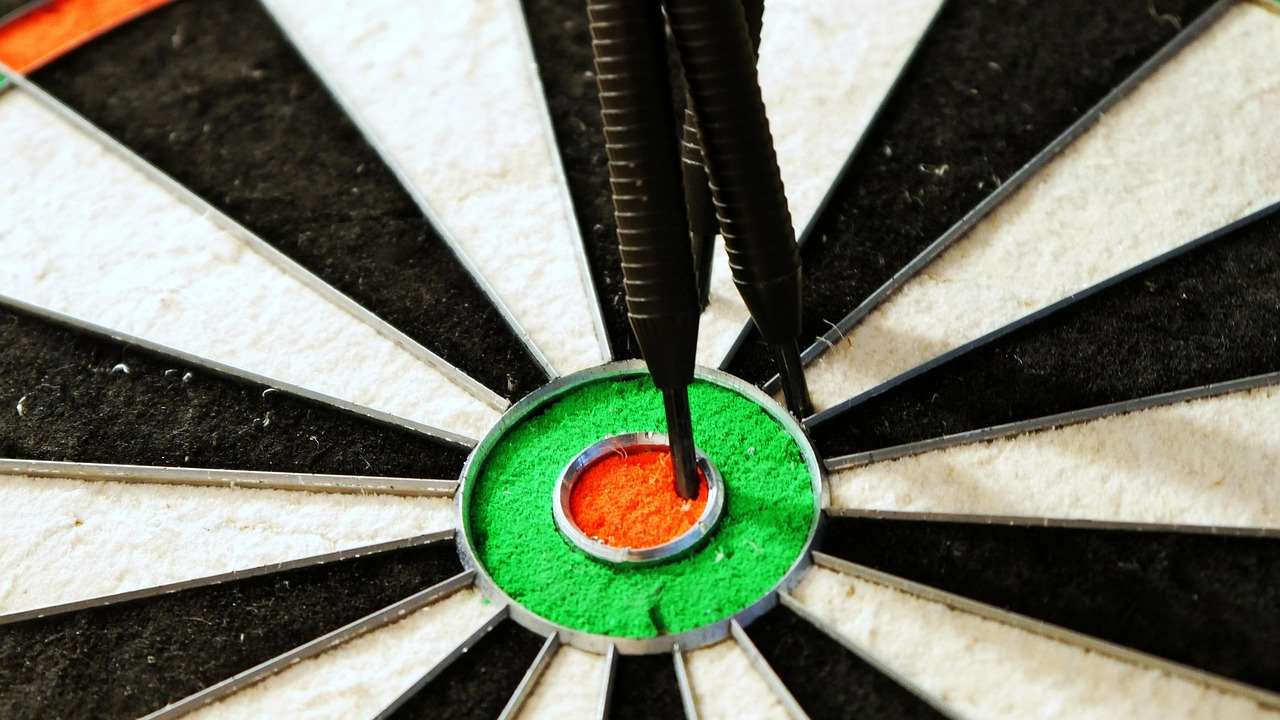
Beyond the Basics: Advanced Strategies for Accuracy
For serious players, maximizing scoring accuracy involves more than just preventing errors; it requires proactive steps to improve consistency and eliminate ambiguities.
Improving Steel Tip Accuracy
- Consistent Stance and Throw: Developing a consistent throwing motion minimizes the likelihood of erratic dart placement, reducing the potential for ambiguous scores.
- Board Lighting: Ensure your dartboard is properly lit to minimize shadows and improve visibility.
- Dartboard Setup: Verify that the dartboard is hung at the correct height and distance according to official regulations.
Optimizing Soft Tip Performance
- Dart Tip Selection: Experiment with different dart tip types to find the ones that provide the best grip and reduce bounce-outs on your specific board.
- Board Calibration: If your electronic board allows it, calibrate the sensors to ensure accurate segment detection.
- Regular Cleaning: Clean the board regularly to remove dust and debris that can interfere with the sensors.
The Psychological Impact of Scoring Errors
Scoring errors, regardless of whether they occur in steel tip of soft tip darts, can significantly impact a player’s mental state and performance. The frustration of a missed score or an unfair call can lead to a loss of focus and a decline in accuracy.
Learning to manage these frustrations is crucial. Develop strategies for maintaining composure, such as taking deep breaths, refocusing on your pre-throw routine, and reminding yourself that everyone makes mistakes. It is even helpful to consider ways of Hoe Darts eerlijker te maken met handicapregels.
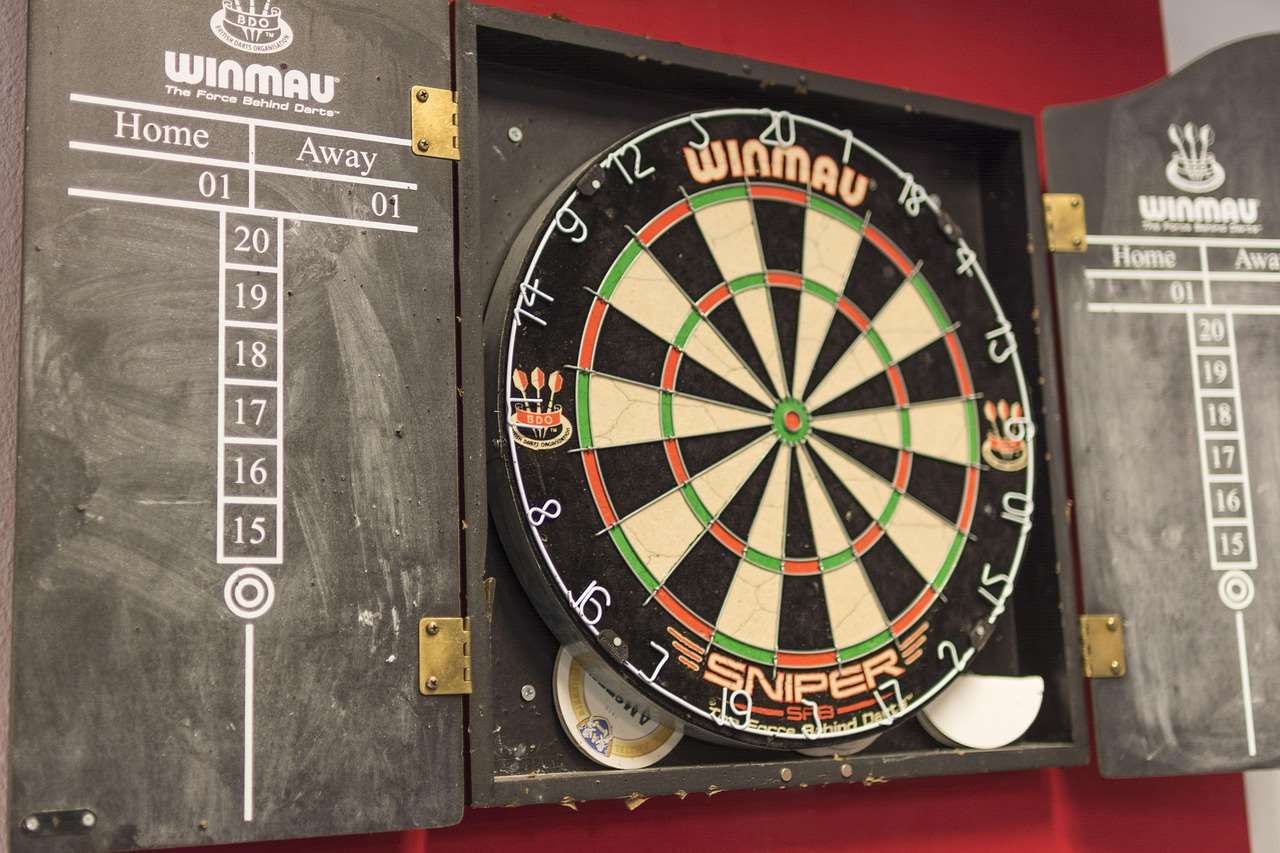
Conclusie: Mastering Scoring in Steel Tip and Soft Tip Darts
Minimizing scoring errors steel vs soft tip requires a multifaceted approach. Whether you’re playing steel tip darts with their reliance on human accuracy or soft tip darts with their dependence on technology, understanding the potential pitfalls and implementing preventative measures is key. By following the strategies outlined in this article, maintaining equipment diligently, and practicing good sportsmanship, you can significantly reduce the frequency of scoring errors and improve your overall darts experience.
Ready to put these tips into practice? Grab your darts and start honing your skills! Consider trying some fun dart game variations with modified rules, zoals Fun dart game variations with modified rules for a fresh challenge. Good luck, and may your scores be accurate!
Hoi, Ik ben Dieter, En ik heb Dartcounter gemaakt (Dartcounterapp.com). Mijn motivatie was geen darts -expert - helemaal tegenovergestelde! Toen ik voor het eerst begon te spelen, Ik hield van het spel, maar vond het moeilijk en afleidend om nauwkeurige scores te houden en statistieken te volgen.
Ik dacht dat ik niet de enige kon zijn die hiermee worstelde. Dus, Ik besloot om een oplossing te bouwen: een eenvoudig te gebruiken applicatie die iedereen, Ongeacht hun ervaringsniveau, zou kunnen gebruiken om moeiteloos te scoren.
Mijn doel voor Dartcounter was eenvoudig: Laat de app de nummers afhandelen - het scoren, de gemiddelden, de statistieken, Zelfs checkout suggesties - zodat spelers puur kunnen richten op hun worp en genieten van het spel. Het begon als een manier om het probleem van mijn eigen beginners op te lossen, En ik ben heel blij dat het is uitgegroeid tot een nuttig hulpmiddel voor de bredere darts -community.